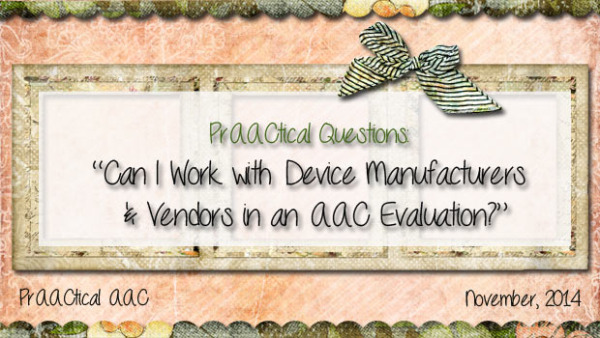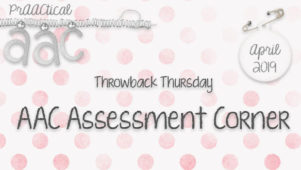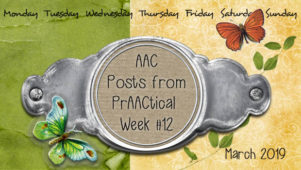PrAACtical Questions: “Can I Work with Device Manufacturers and Vendors in an AAC Evaluation?”

In one of my AAC classes, we’ve been talking about working collaboratively with vendors of SGDs and other AT in a way that is ethically responsible. Clearly, we look first to our ASHA SLP Code of Conduct, best practices, agency policies and procedures, and regulations (such as HIPAA and FERPA in the US). Secondly, we use a feature match process to guide the evaluation so that there is appropriate diversity in the communications being considered. Beyond that, here are some of the things we came up with.
- Open a dialogue and the roles and expectations of each party. If we are inviting a vendor in to provide some support, then it’s best to precede that with a frank conversation so that everyone is clear on how to proceed.
- Be clear about acceptable and unacceptable behaviors prior to the start of the collaborative activity. Having some guidelines written out in advance lends credibility to the process and helps serve as a reminder to everyone. If there are things that you will not tolerate, state what those are. For example, we might indicate that it is NOT acceptable to:
- Criticize products from another company;
- Make recommendations to the client on the purchase of equipment;
- Talk ABOUT the client (instead of TO him/her) in his/her presence;
- Videotape the session or take photos;
- Initiate contact with the client following the evaluation, except at the request of the client or SLP; and/or,
- Discuss any aspect of the support visit with others not involved in the case, unless consent is first obtained from the client.
- Prior to inviting a vendor to demonstrate equipment, check with the client to be sure that they are comfortable with that. Document their agreement according to your facility policies and procedures.
- Get to know the vendor representative. Many are SLPs, educators, AT specialists, and may bring significant knowledge and experience to the table.
- Familiarize yourself with the company’s culture as it relates to sales and service. Is the representative salaried or on commission?
- Include vendors only in those parts of the evaluation that concern them. They shouldn’t be involved in formal assessment, measuring speech intelligibility, interviews, etc.
- Conduct the evaluation in the way that most benefits the client. Direct the vendor’s participation so that you and your client get specific questions answered. They aren’t mind readers. Explain exactly what you want the vendor to help with and then follow through to be sure that happens.
- If you’re working with a vendor whose products are new to you, ask to be connected with SLPs who are more experienced with those devices. It can be very helpful to exchange emails or talk on the phone to get a feel for what it is like working with this company and/or using a particular product.
- Make a plan for the kind of follow-up that each party will take. For example, the vendor may get back to you with additional information about mounting options, or send you the email address of SLPs who have used this device. The client may be asked to reflect on the experience and let you know if there were any questions or concerns that didn’t come up in the visit. The SLP may be speaking with the low vision specialist to get input on display features and font sizes. Creating a clear plan can make the experience more efficient and effective for everyone.
When done correctly, working with vendors can add depth and breadth to our evaluations, particularly when there are AAC devices we would like to consider but don’t yet own. Do you have tips for working with vendor representatives? We’d like to hear about them.
Filed under: PrAACtical Thinking
Tagged With: assessment, ethics, SGD, vendor
This post was written by Carole Zangari




